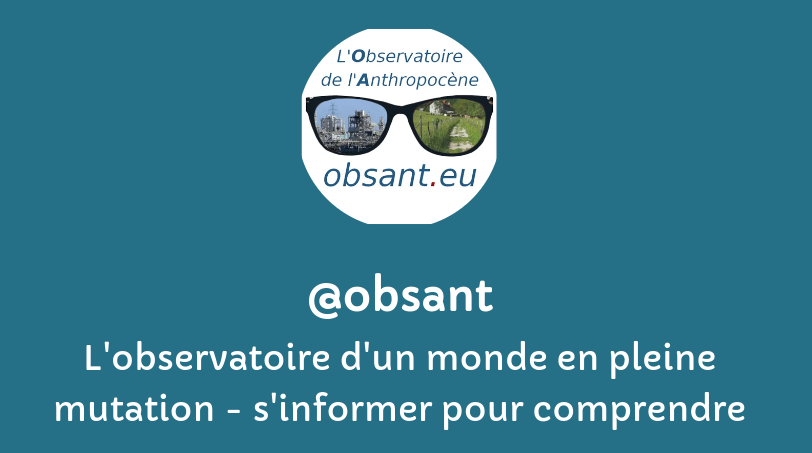« L’urgence est là, nous regardons ailleurs »
filtre:
humanity
2025
Exclusive: ‘Devastating consequences’ now inevitable but emissions cuts still vital, says António Guterres in sole interview before Cop30
Zwangere Guy, Omdat het kan & Average Rob, Daan, Otto-Jan Ham en vele andere artiesten spelen zaterdag 20 september gratis op 'Show Up for Humanity' onder het Atomium in Brussel, georganiseerd door burgercollectief Worried Citizens. “Het is een feest, maar ook een protest tegen alles wat er niet goed loopt in de wereld."
The unspoken truth about humanity's frightening future.
The world has been too optimistic about the risk to humanity and planet – but devastation can still be avoided, says Timothy Lenton
Mark Lynas has spent decades pushing for action on climate emissions but now says nuclear war is even greater threat Climate breakdown is usually held up as the biggest, most urgent threat humans pose to the future of the planet today. But what if there was another, greater, human-made threat that could snuff out not only human civilisation, but practically the entire biosphere, in the blink of an eye?
Climate change is driving rising global temperatures, ecological degradation, and widespread human suffering. Yet, as a collective, humanity has failed to implement sufficient changes to mitigate these threats. This paper introduces the concept of “global narcissism” as a speculative lens to analyze the psychological barriers to climate action. By examining different levels of narcissism and their manifestations in human responses to climate change, this framework highlights key obstacles to meaningful action. While humanity is diverse, and lived experiences vary greatly, this perspective offers a way to discuss patterns of response and resistance. A central challenge lies in humanity’s difficulty in recognizing its symbiotic relationship with the non-human world. Through the metaphor of “global narcissism” this paper explores how humanity’s response to ecological crisis mirrors narcissistic defense mechanisms and suggests a collapse is taking place. This framework provides insights into how psychological int
What if the rules of the game have already sealed our fate? This is a brutal mathematical reality: an unstoppable, self-reinforcing chain reaction in the Earth’s climate system is now underway.
2024
Human pressures have pushed the Earth system deep into the Anthropocene, threatening its stability, resilience and functioning. The Planetary Boundaries (PB) framework emerged against these threats, setting safe levels to the biophysical systems and processes that, with high likelihood, ensure life-supporting Holocene-like conditions. In this Review, we synthesize PB advancements, detailing its emergence and mainstreaming across scientific disciplines and society. The nine PBs capture the key functions regulating the Earth system. The safe operating space has been transgressed for six of these. PB science is essential to prevent further Earth system risks and has sparked new research on the precision of safe boundaries. Human development within planetary boundaries defines sustainable development, informing advances in social sciences. Each PB translates to a finite budget that the world must operate within, requiring strengthened global governance. The PB framework has been adopted by businesses and informed
Record emissions, temperatures and population mean more scientists are looking into possibility of societal collapse, report says
Scientists now fear that there is little more than five years left to prevent irreversible climate damage and stark changes to the Earth’s weather patterns from global carbon emissions, Minister for Climate Eamon Ryan has warned.




